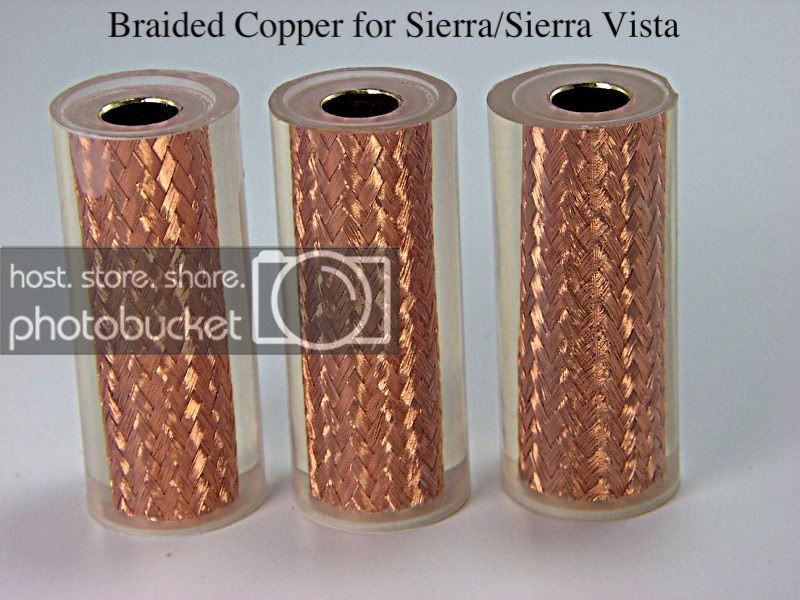mbroberg
IAP Activities Manager, Emeritus
I'm still working on getting an acceptable decal on carbon fiber cast. In my case it is actually fiberglass sleeve I am using, not carbon fiber. I've done a lot of reading on the possible causes of the failures. One of the threads I read was this one.
Marko50 talks about pre-pregging the carbon fiber with a thin epoxy prior to applying the decal. A Google of pre-pregging was not very helpful. I'm not sure if there is some sort of "thin" epoxy as there is a thin CA or the 2-part epoxy should be thinned with denatured alcohol, acetone or lacquer thinner. Most articles I read recommend against thinning 2 part epoxy but none suggest what should be done, or used instead.
Is pre-pregging just a fancy term for "smearing epoxy all over the outside of your blank", or is there a process and/or product I am unaware of.
Thanks
Marko50 talks about pre-pregging the carbon fiber with a thin epoxy prior to applying the decal. A Google of pre-pregging was not very helpful. I'm not sure if there is some sort of "thin" epoxy as there is a thin CA or the 2-part epoxy should be thinned with denatured alcohol, acetone or lacquer thinner. Most articles I read recommend against thinning 2 part epoxy but none suggest what should be done, or used instead.
Is pre-pregging just a fancy term for "smearing epoxy all over the outside of your blank", or is there a process and/or product I am unaware of.
Thanks
Last edited:

